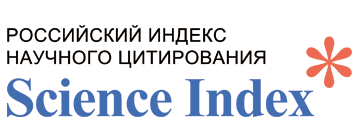STUDY OF THE COMPLEXATION OF COBALT (II) IONS WITH POLYMERS
DOI:
https://doi.org/10.51580/2025-1.2710-1185.14Keywords:
polymer-metal complex, complexation, complex stability, polyacrylic acid, polyacrylamide, chitosan, poly-4-vinylpyridine, cobalt, functional groups.Abstract
Abstract. Introduction. The complex formation of metal ions with polymers is of great interest for
the development of new materials used in catalytic processes, sorption, and electrochemistry. Particular
attention is given to cobalt (II), which can form complexes with nitrogen- and oxygen-containing
polymers such as polyacrylic acid (PAA), polyacrylamide (PAAm), chitosan (Chit), and poly-4-
vinylpyridine (P4VP). The aim of this study is to investigate the complexation processes of cobalt (II) ions
with the functional groups of these polymers, as well as to determine the stability and nature of the
resulting complexes. Results and Discussion. It has been established that the stability of polymer-metal
complexes is determined by the nature of the functional groups of the polymers and the interaction
mechanism. PAA-Co complexes demonstrated the highest stability due to the covalent binding of cobalt
ions with the carboxyl groups of PAA. At the same time, PAAm-Co and P4VP-Co complexes exhibited
lower stability, which is associated with a donor-acceptor interaction mechanism. The shift in the
characteristic absorption bands of the functional groups of the polymers upon their interaction with cobalt
ions indicates the formation of polymer-metal complexes with different binding mechanisms. For PAAm,
the shift in absorption bands confirmed the donor-acceptor interaction mechanism. Conclusion. The
obtained data confirm the interaction mechanism of cobalt ions with the functional groups of polymers, as
well as the different nature of binding. Thus, the results open up prospects for the use of polymer-metal
complexes in the creation of materials for catalytic applications.

















